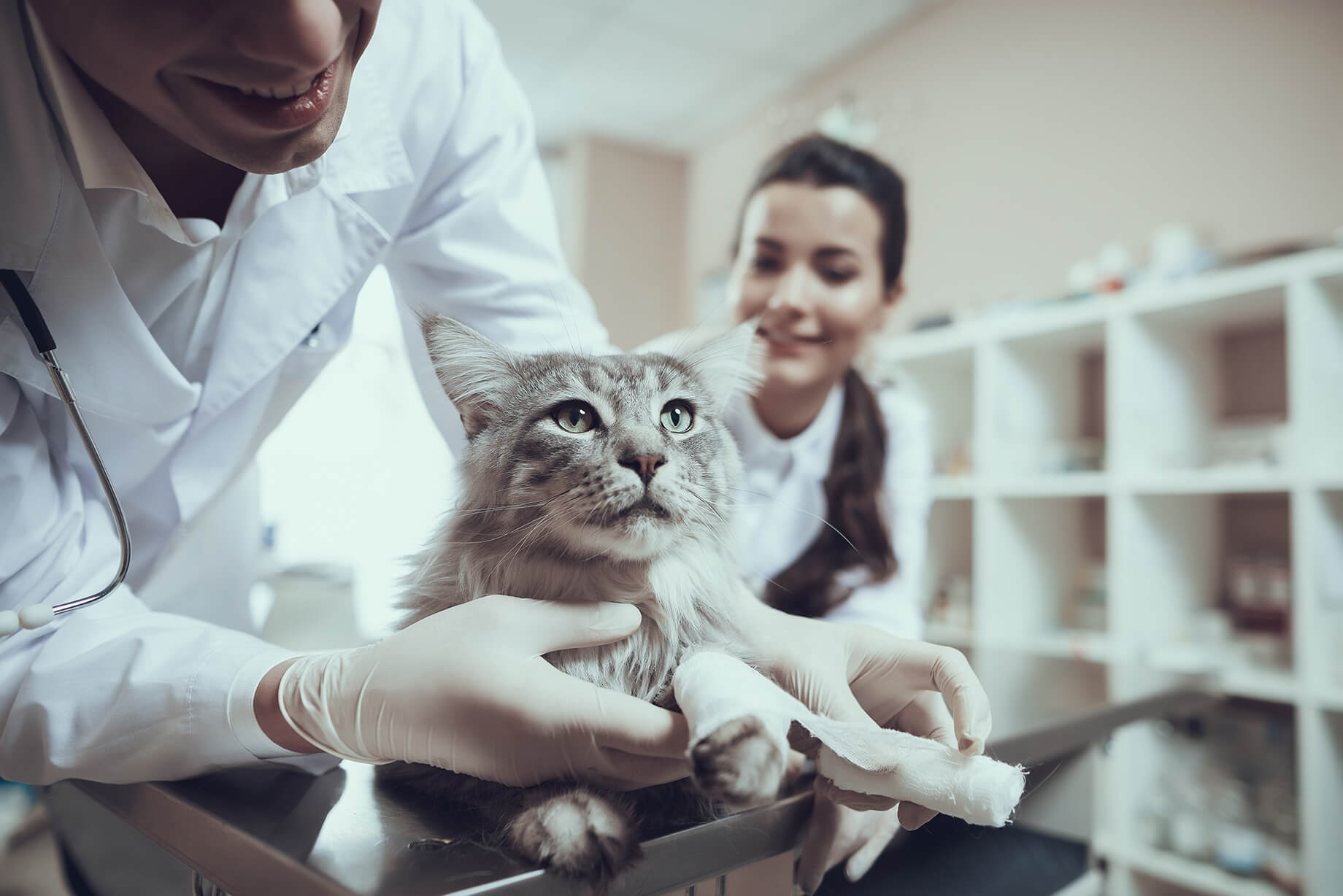
- by Dr.Thilo Senst
How to Clean Cat Wounds at Home: Easy Step-by-Step Guide
- by Dr.Thilo Senst
Cats are naturally curious creatures, and their adventurous nature often puts them at risk of injuries. From scratches during playful tussles to bites from territorial disputes, wounds are not uncommon. Knowing how to care for cat wounds at home is vital to prevent infections and promote healing.
In this guide, we’ll explore how to clean your cat's wound safely, identify when professional help is needed, and recommend products to support your cat’s recovery.
Untreated wounds can lead to infections, abscesses, and prolonged discomfort for your cat. The bacterial flora found in cats' mouths and claws can exacerbate issues if introduced to an open wound.
According to the British Veterinary Association, 62% of cat injuries treated in UK veterinary clinics are related to fights or accidents. Prompt and proper care can prevent complications, ensuring your feline friend heals quickly and comfortably.
Scratches and bites from other cats are among the most common causes of wounds, particularly in outdoor cats defending their territory.
Cats may get injured by sharp objects, falls, or getting trapped in tight spaces.
Excessive scratching due to allergies or parasites like fleas can create open wounds.
Before attempting to clean the wound, carefully inspect its size, depth, and location.
Calm your cat before starting the cleaning process. A stressed or agitated cat may resist handling, making the wound worse.
You’ll need the following items:
Pat the area dry with a clean towel. Avoid rubbing, as this can irritate the wound further. For larger wounds, consider using a bandage to protect it from dirt and licking.
Check the wound daily for signs of infection:
If any of these symptoms appear, consult your vet immediately.
| Signs of Infection | Signs of Normal Healing |
|---|---|
| Redness spreading around wound | Slight redness at wound edges |
| Swelling increasing | Swelling reducing over time |
| Pus or yellowish discharge | Clear, minimal discharge |
Think of your cat's wound as a garden. Just as weeds (bacteria) can overtake a neglected garden, an untreated wound can become infected. Regular cleaning and care ensure the area stays healthy and promotes growth (healing).
No, some human antiseptics contain ingredients toxic to cats. Use a cat-safe product like Dr. Senst Antiseptic Cat Wound Relief Spray.
No, licking can introduce bacteria, delaying healing. Use a cone or bandage to prevent this.
Seek veterinary attention if the wound is deep, bleeding excessively, or showing signs of infection.
Proper care for cat wounds at home is essential to ensure your feline friend stays healthy and comfortable. With the right tools and knowledge, most minor wounds can be managed effectively. However, always consult a vet for severe injuries or signs of infection.
![]()
Enter your details & download our comprehensive 50+ page printable Dr. Senst Pet Care Planner completley FREE! - keep track of all your pet’s needs, from medical history and training to vet visits, grooming, diet, and more!










Share:
Understanding Cat Flea Bite Allergies: Symptoms & Treatments
Understanding Dog Behaviour: Expert Tips & Insights